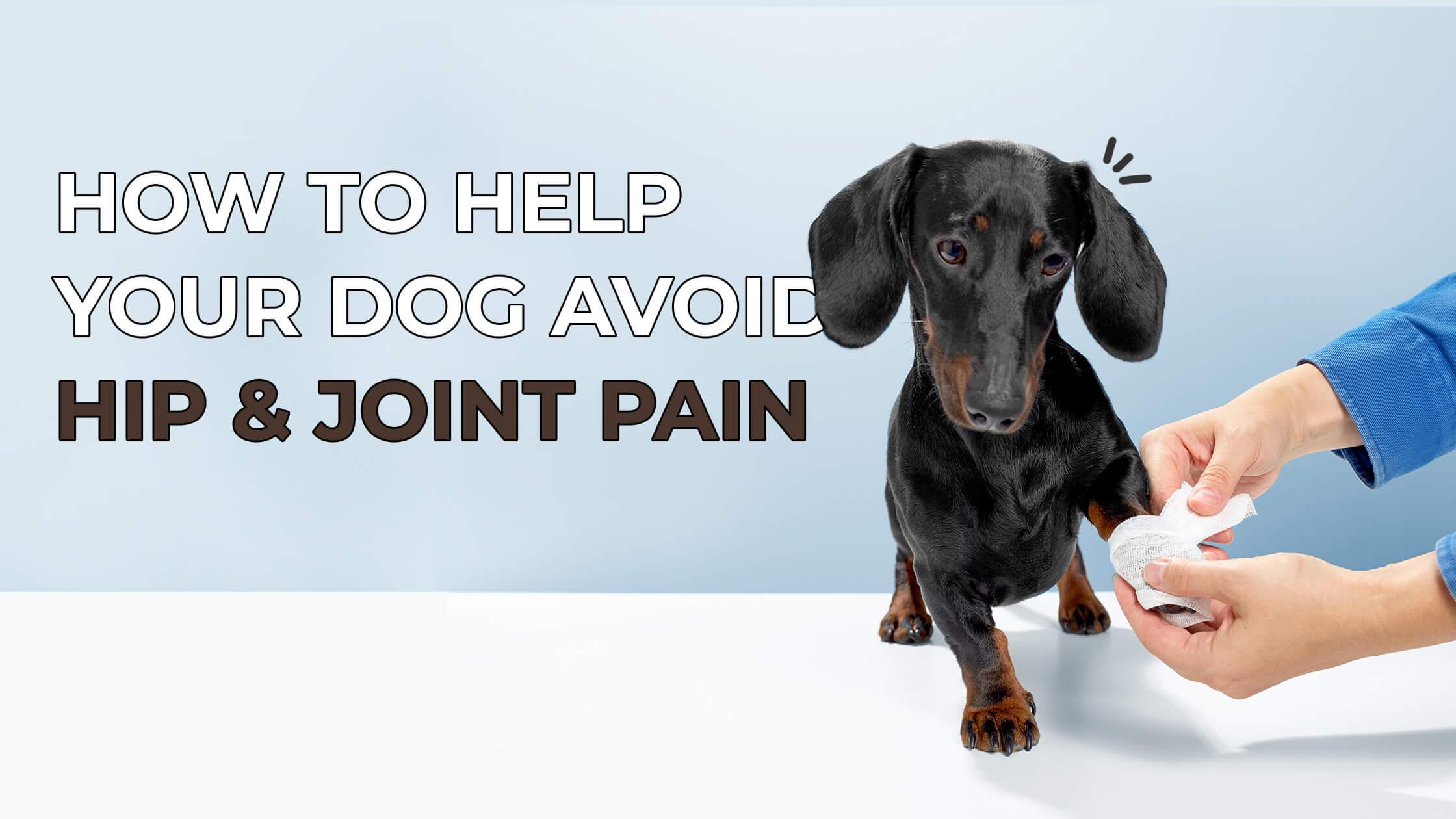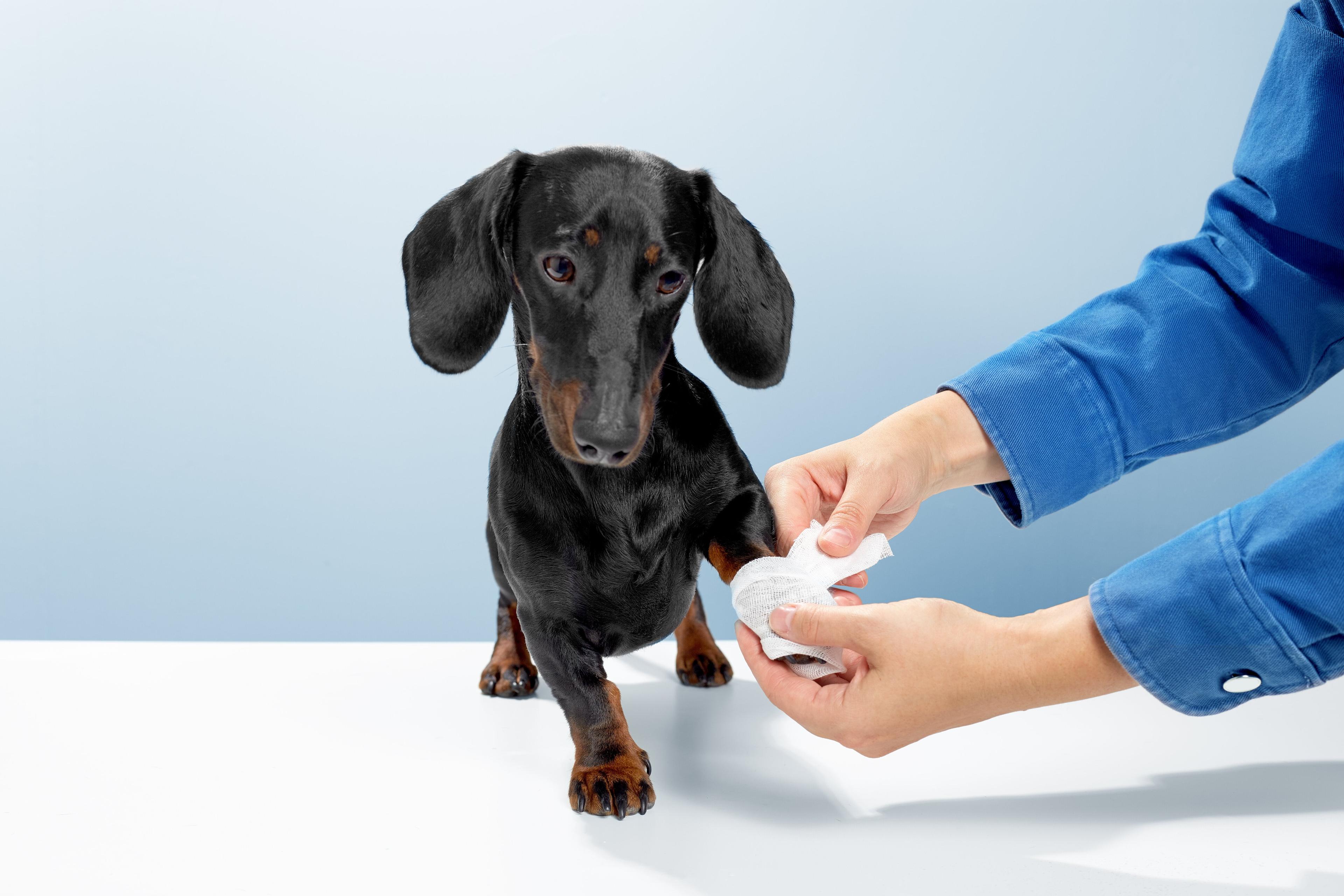How to Help Your Dog’s Hip & Joint Issues
Is your dog suffering from hip or joint pain?
Unfortunately, joint problems are common among dogs of all ages, sizes, and breeds. When left unchecked, it could lead to more serious injuries, chronic pain, and irreversible damage to their quality of life.
As pet parents, it’s important to understand why dogs develop painful joint issues, what signs to look out for, and what preventive measures you can take to support your dog’s joint health.
Symptoms Of Hip & Joint Pain To Watch Out For
You might be tempted to think that your dog slowing down is the effect of getting older. However, it might also be the effect of joint problems.
There are two different conditions that can lead to joint pain, namely developmental joint pain and degenerative joint pain.
Developmental joint conditions are caused by abnormal joint development while your puppy is young. These conditions may lead to more serious issues like hip dysplasia and arthritis.
On the other hand, degenerative joint problems progress over time when joints are overused. They’re caused by many factors including stress fractures, the onset of osteoarthritis, and injuries.
Here are some signs and symptoms your dog may be suffering from joint problems:
Weakness and pain in the hind legs
Reluctance to rise from lying down or sitting
Wobbly walking or limping around
Stiffness or swollen joints
Licking, chewing, or biting the affected area
Unwillingness to jump or run around
-
A decline in physical activity
Visit your vet immediately if you suspect your dog is suffering from hip or joint pain.
How to Prevent Your Dog From Experiencing Hip & Joint Pain:
There are many ways to help your furbaby avoid developing hip and joint issues early on with healthy and doable habits.
-
Take your dog to exercise regularly
…and allow them to take breaks when they need it! A little bit of physical movement everyday is better than saving the activity for the weekend.
It also helps to consider their body type when it comes to their routine. For example, labradors may like swimming more than the average poodle; bulldogs may tire more easily when running too fast.
-
Enrich their diet with Omega-3s
Excellent joint health starts with your dog’s diet. Omega-3 fatty acids are known to fight inflammation, improve mobility, and aid in healing wounds. Since dogs don’t physically produce these on their own, Omega-3s can be obtained in their food.
Sardines, kangaroo heart, and kangaroo liver are loaded with Omega-3s and are all-around nutritious for your dog. Give them their Omega-3s fix by including these in their diet.
-
Manage your dog’s weight
Fluffy dogs are adorable, but obesity can increase the risk of joint damage, and in the long run, chronic pain. This is because the excess weight can put a strain on your dog’s joints. The older and bigger the dog, the more likely they are to develop osteoarthritis.
It helps to keep your dog at a healthy weight. You can talk to your vet about their diet plan if you think your furbaby needs to shed a few pounds.
While joint pain may be normal in older dogs, it’s important to keep them at bay through healthy habits. Regular exercise and a nutritious diet can help your canine companion live their golden years without joint or hip pain.



